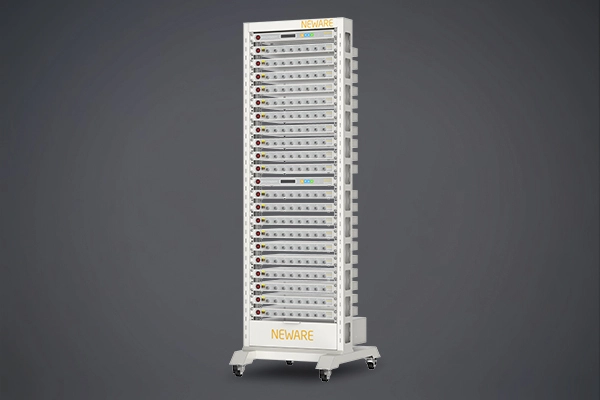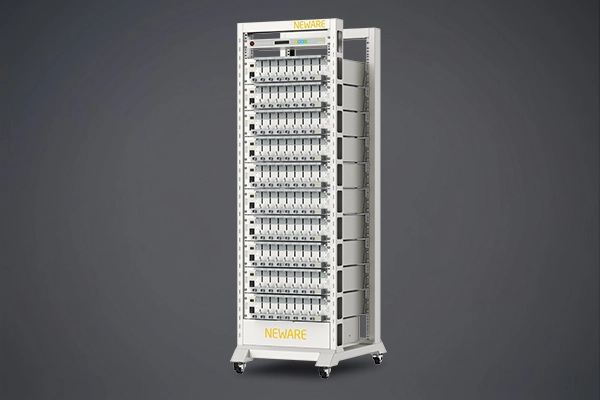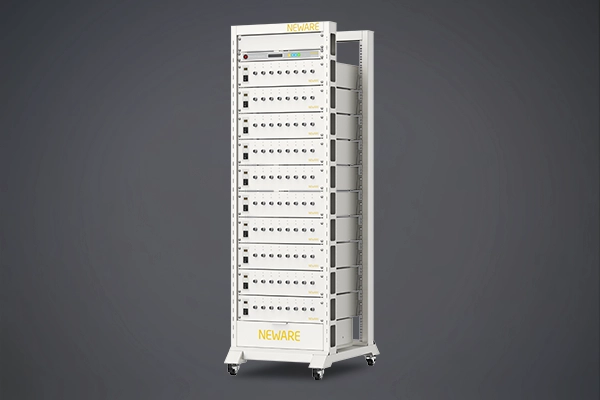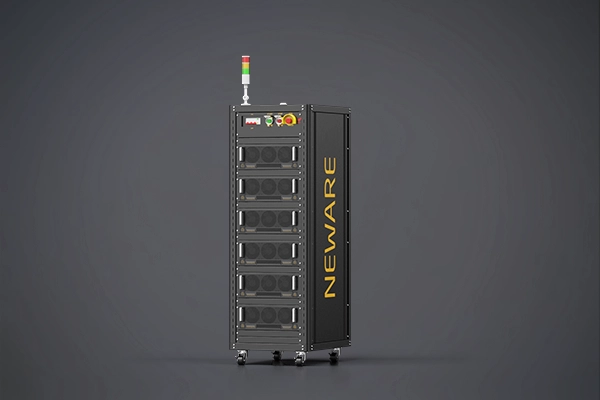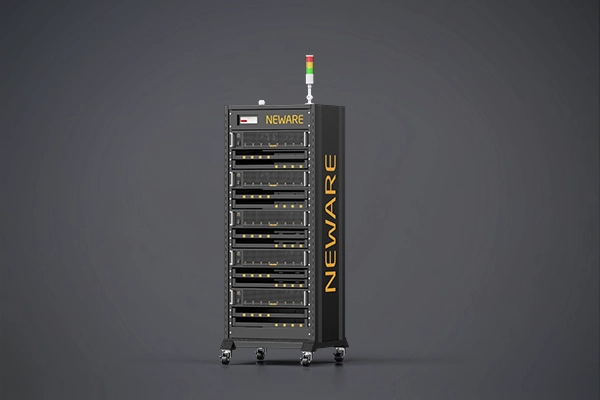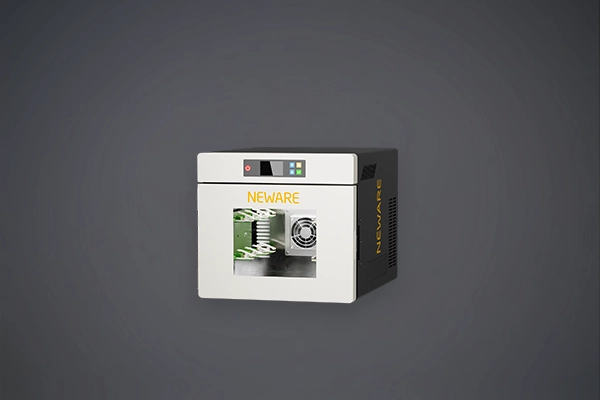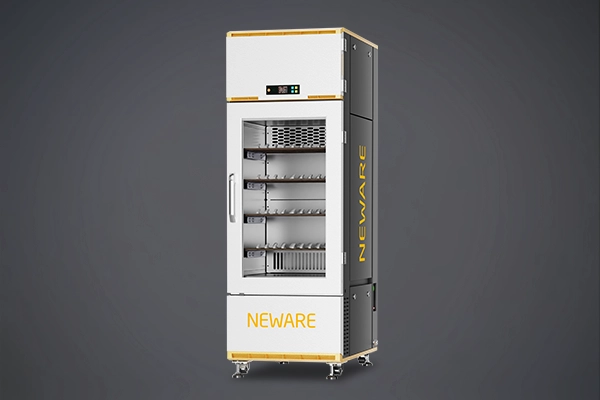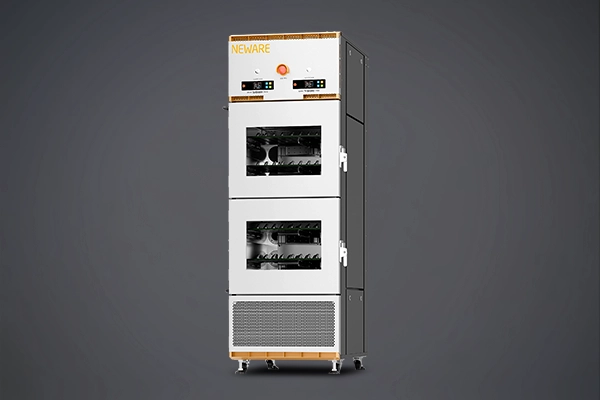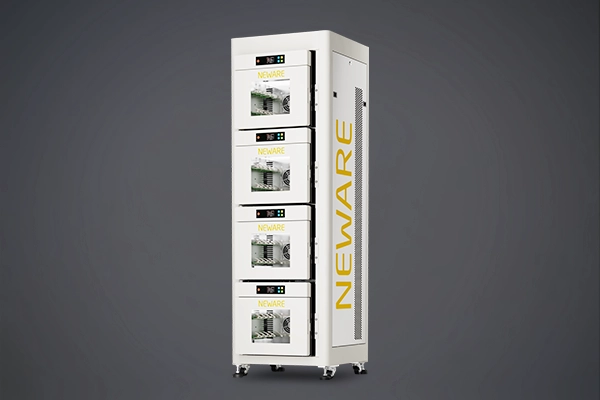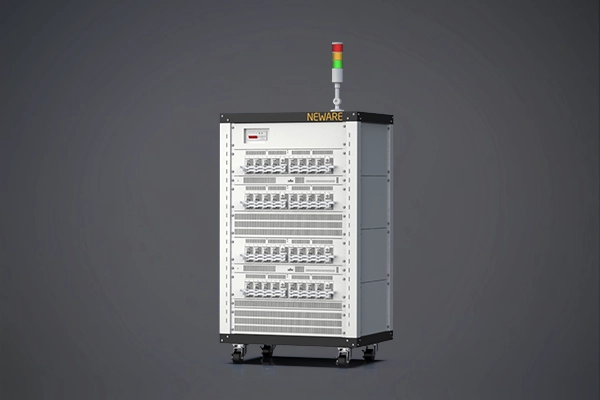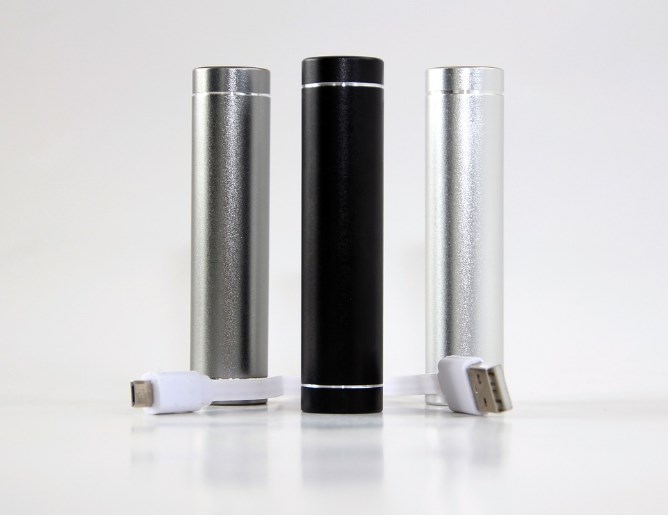
1. Constant Current Charging:
Charging the battery with a constant and unchanging current. This includes trickle charging, standard charging, and fast charging, where fast charging is convenient while slow charging preserves battery lifespan. Constant current charging is simple and easy to control, but it may lead to overcharging and over-discharging issues, causing damage to the battery.
2. Constant Voltage Charging:
Charging the battery with a constant voltage, where the current gradually decreases to maintain a constant voltage. This charging method takes a longer time, and the initial high current can impact battery lifespan.
3. Constant Current Constant Voltage Charging:
Initiating charging with a constant current, and as the battery voltage increases to a certain value, switching to constant voltage charging. The current gradually decreases until reaching a set value, completing the charging process.
4. Pulse Charging:
Initiating charging with trickle current to avoid shocks and damage to the battery, then proceeding with normal constant current charging until reaching the voltage limit. Afterward, entering pulse mode for intermittent charging with constant current. During the pulse process, the pulse time is constant (T), and during the pause, the voltage slowly decreases. When the voltage drops to the upper limit, constant current charging is applied for T seconds, repeating the cycle. As the pulses progress, the time it takes for the voltage to drop to the upper limit gradually increases. When the charging time represents only 5%-10% of the total time, the battery is considered fully charged. This method provides a high charging current, eliminates polarization during pauses, and has a minimal impact on battery lifespan, making it widely used.
5. Intermittent Charging:
Intermittent charging includes variable current intermittent charging and variable voltage intermittent charging.
- Variable current intermittent charging: Divided into two stages. The first stage involves high current charging, cut-off voltage, and stopping charging, followed by a decrease in current charging, cut-off voltage, and stopping charging. This process repeats until reaching the cut-off current and voltage. The second stage begins by switching to constant voltage charging after reaching the cut-off voltage in the previous stage. This charging method has a complex circuit and is typically used in high-power fast charging.
- Variable voltage intermittent charging: Similar to variable current intermittent charging, but the first stage's intermittent constant current is replaced with intermittent constant voltage.
NEWARE's powerful battery testing system supports the mentioned functions, allowing users to choose functionalities based on their specific needs. For more information, please visit the product details page on the website.

